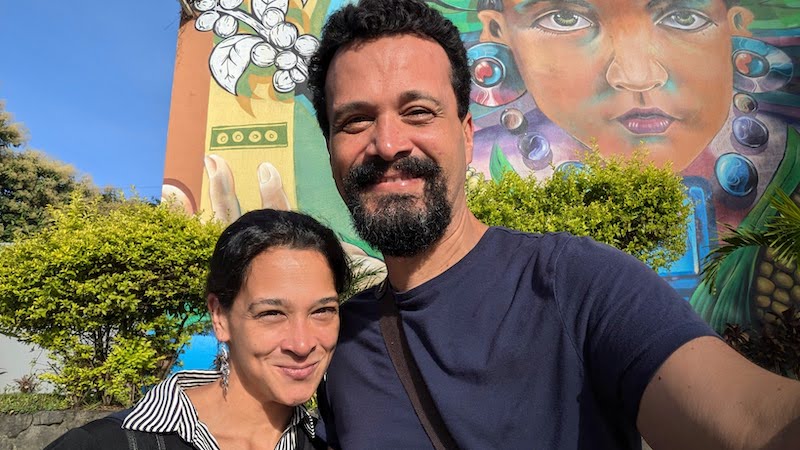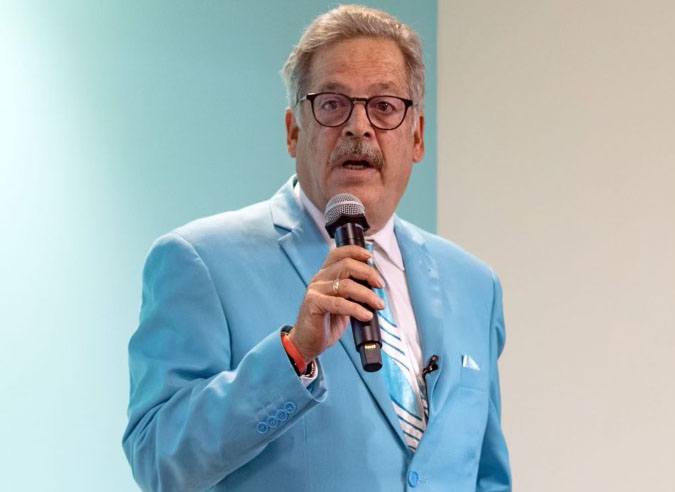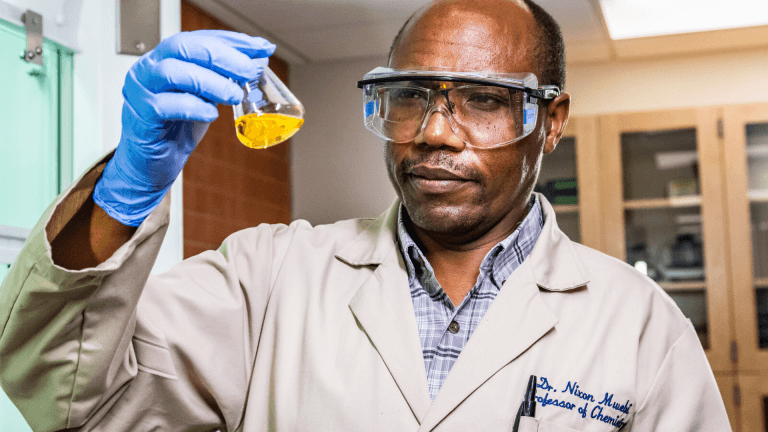ULV Professor and Sister Co-Author International Study on Mosquito Control in El Salvador’s Changing Climate

Dr. Víctor D. Carmona-Galindo, Professor of Biology at the University of La Verne, has co-authored a groundbreaking international study on mosquito population dynamics in El Salvador. The research, recently published in Diversity, explores how drought conditions and urban environments influence the sex ratios of Aedes aegypti mosquitoes – critical vectors of dengue, Zika, and chikungunya. The findings have important implications for mosquito control programs across the Global South.
The project represents a deeply collaborative Fulbright effort. Dr. Carmona-Galindo co-authored the article with his younger sister, Dr. Anna Groat Carmona, Assistant Professor of Cellular Biology at the University of Washington Tacoma, who led the research during her Fulbright at the Universidad Centroamericana “José Simeón Cañas” (UCA). Joining them were Maryory Velado Cano – Carmona-Galindo’s former Fulbright mentee and now a professor at UCA – and Ana Miriam González Pérez, a research partner from his second Fulbright residency at the University of El Salvador (UES), the only university in the country with a dedicated biology department.
“This project brought together a uniquely transnational team,” said Carmona-Galindo. “It’s not just about mosquito sex ratios – it’s about the power of long-term mentorship, regional science leadership, and sustained collaboration. These relationships were seeded through Fulbright, and this paper is a powerful testament to what cross-institutional trust can achieve.”
The study reveals that during El Salvador’s prolonged dry season, female mosquitoes significantly outnumber males – raising concerns about the timing and efficacy of biocontrol efforts that rely on male mosquito release, such as Wolbachia-infected or sterilized males. During wetter months, the population begins to balance out, underscoring how climate, infrastructure, and human behavior all shape disease risk.
“This isn’t just a mosquito story,” said Dr. Groat Carmona. “It’s a climate story, a public health story, and a human story. As climate extremes intensify across the Central American Dry Corridor, understanding how vector populations respond seasonally will be essential for saving lives.”
In addition to this recent publication, the team has also co-authored a complementary article on immersive educational approaches for climate change communication in Education Sciences. Together, these publications demonstrate the sustainability of their scholarly and educational partnership. The team is now preparing an NSF International Research Experience for Students (IRES) proposal for submission in October 2025 to support future student-led research between U.S. and Salvadoran institutions.
The full article is freely available via Diversity: https://doi.org/10.3390/d17040257


